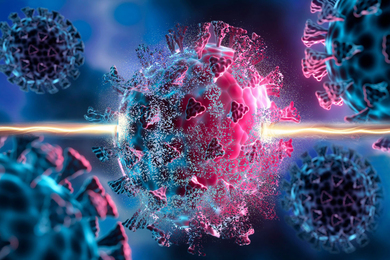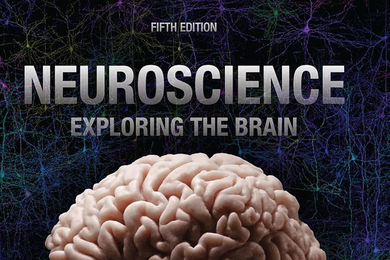Chemotherapy and organ transplantation not only take a huge toll on patients, but they can compromise the immune system and leave patients vulnerable to infections from microbes such as pathogenic fungi--the fastest-growing cause of hospital-acquired infections. Now researchers from MIT and the Whitehead Institute for Biomedical Research have discovered one possible reason why these fungal microbes are such a scourge.
According to the research appearing in the Aug. 7 online edition of the journal Nature Genetics, fungal microbes can quickly alter the appearance of their cell surfaces, their "skin," disguising themselves in order to slip past the immune system's vigilant defenses. And, for all the world's brewers, the study also helps explain why certain beers are cloudy and others clear.
"It's all about skin," says Whitehead member and MIT biology Professor Gerald Fink, who compares the structure of the fungal microbe to that of an M&M-there's a sugar coating encasing the cell's DNA. "The skin of fungi microbes is what enables them to stick to your organs and thus become pathogenic. It also enables the fungi to stick together, which is desirable for fermentation in beer."
The genetic core to this study is a DNA phenomenon known as tandem repeats. Here, small units of between three and 200 nucleotides form within a gene and repeat sometimes up to about 35 times. (Nucleotides, the building blocks of our genome, are represented by the letters A, C, T, G.) In humans, these tandem repeats received a lot of attention when the gene responsible for Huntington's disease was discovered; a repeat of the letters CAG in a gene called IT-15 causes the condition.
These tandem repeats also occur in fungal microbes. Kevin Verstrepen, a postdoctoral researcher in Fink's lab, decided to find out how often they occur, and what possible functions they might offer, by using baker's yeast as a model. Verstrepen scanned the entire yeast genome with a custom computer program developed by Whitehead's bioinformatics group. He discovered that the repeats are common throughout the yeast genome, and that more than 60 percent occur in genes that code for cell-surface, or skin, proteins. In other words, "Most of these repeats somehow affect how the yeast cell interacts with the environment surrounding it," says Verstrepen.
In addition, he found that the length of these repeats varied greatly between a mother and a daughter cell. While one yeast cell might have a 20-unit repeat on a particular gene, when it divides, the new cell might have only a five-unit repeat on that same gene. And, when that new cell later divides, its daughter cell might go back to 20 repeats. "It's like an accordion," says Verstrepen. "Our study really showed how quickly and easily these repeats can recombine, altering the properties of the cell surface almost immediately."
This provides a significant clue to why fungal infections can be so deadly. The immune system generally recognizes invaders by signatures on their outer coatings, such as protein conformations. Fungal microbes that can quickly change the shape of these proteins by changing the number of repeats in the corresponding gene can manage to stay one step ahead of our body's defenses.
"It's important to remember," says Fink, "that these microbes have been around for billions of years. They haven't come this far without learning how to fight off predators."
Fink believes that these findings show why traditional approaches to targeting drugs won't work on fungal microbes. The features that drugs target may be exactly the ones that change so readily. "We need to target other aspects to the cell surface that don't change," says Fink, suggesting that certain sugar molecules residing on the inside of the cell coating may be valuable targets.
The research also may help to reveal why certain strains of yeast brew better beers.
Both Verstrepen and Fink have consulted for a number of commercial brewers. "Brewers have been cultivating certain strains of yeast for hundreds of years," says Fink. "The secret of a good, fresh, clear beer--the kind that Americans tend to like--is that the yeast cells all stick together." When yeast cells don't adhere, the beer tends to cloud up. "We now know that these tandem repeats are the molecular mechanism that yields good beer."
This research was supported by the National Institutes of Health.





